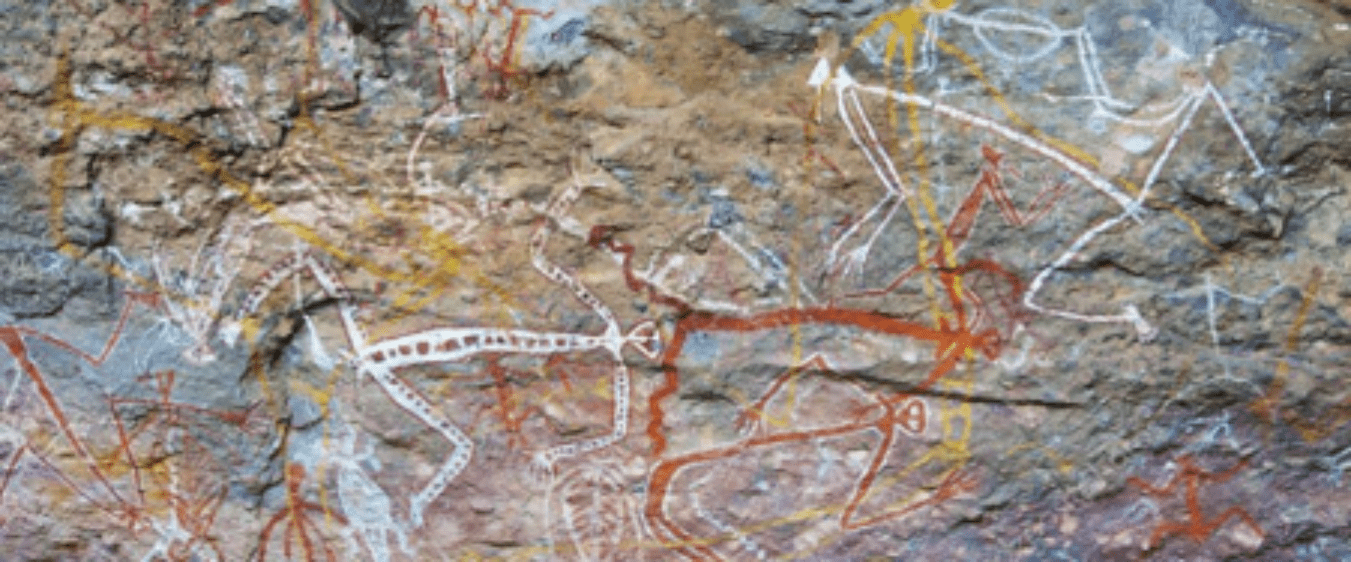
At the chalkface of suicide
I experience the extraordinary privilege of being an educator. Teachers care deeply for students. My expertise in senior secondary brings intensity, achievement, and loss. Saying good-bye is never easy.
Sometimes I witness precious potential bloom into mature adulthood through future happenstance. What joy!
Other times, I witness precious potential prematurely lost through death by suicide. What sorrow! What regret!
Forever young they remain in my broken strong heart; a heart also forged by lived experience of teen suicide as sibling and as mother.
My students’ passing, though diverse in timing (in school, post-school), gender and culture, all have in common well-intentioned risk averse schooling institutions’ struggling to cope with these “incidents”, as they are framed.
Once funeral rituals end, unintended consequences of policy and community practices render the bereaved silenced, ignored, and isolated.
In the workplace I feel expectations to pull myself together, wipe away stinging tears and to move on, fast. Any faltering is constructed as a performance issue – a failure of my leadership.
Free external workplace counselling is conflicted; generous yet avoidant. Impacts of lived experience of suicide are distanced, obscured, hushed. Kept outside.
The stiff upper lip of Anglo dominant culture prevails, reducing those lost and those grieving as the ‘forever forgotten’.
I mourn the loss of yet another student, a young Aboriginal woman.
My lamentations as an outsider are invited and welcomed by her Aboriginal community.
Here I encounter extraordinary generosity of spirit amongst extraordinary transgenerational and intergenerational sorrow.
Here, suicide is more frequent.
Here it is named.
Rituals emphasise ongoing connection.
Those eternally re-membered and eternally grieving, are honoured.
Here healing begins.
—
Roma A.